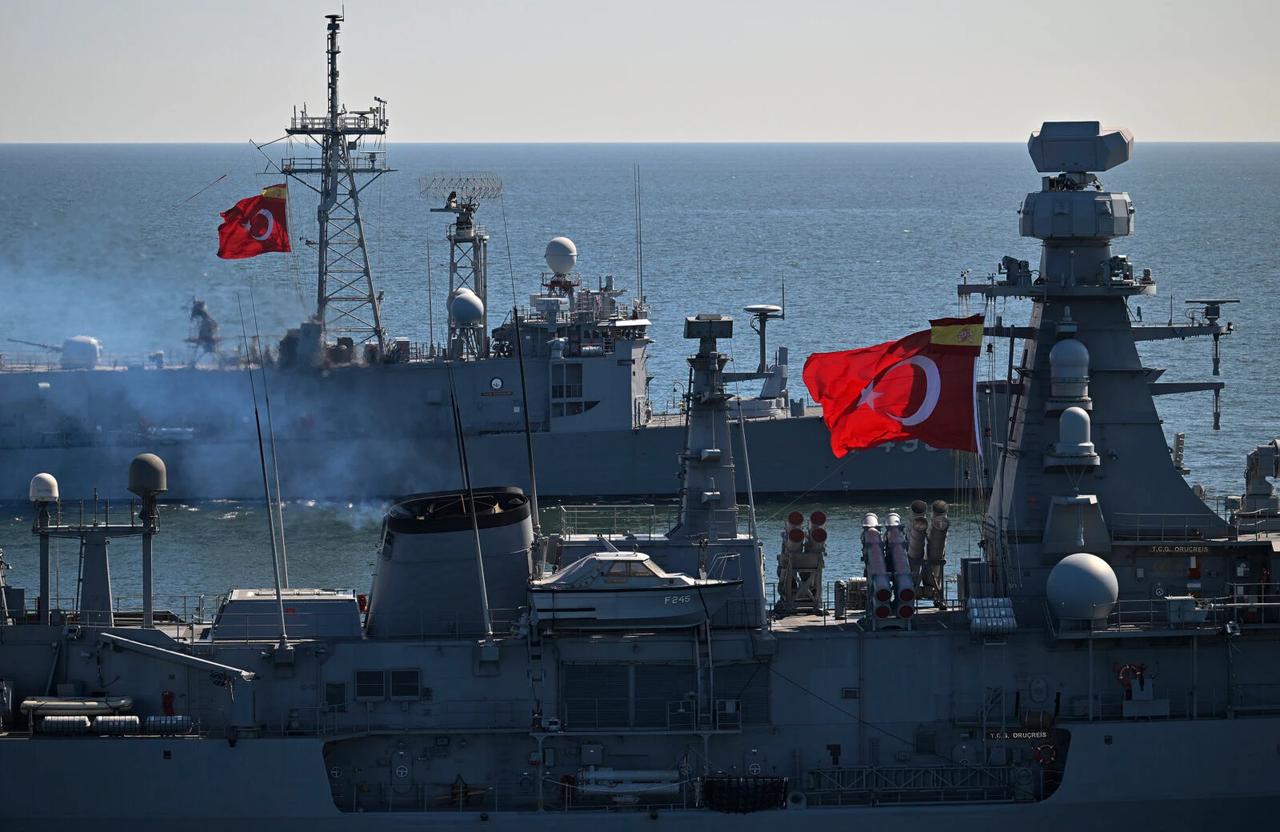
Turkish Naval Forces Command has released an extensive report detailing significant advances in its maritime capabilities between 2022 and 2025, documenting what officials describe as the most ambitious naval development program in the republic's history.
The report, titled "Activities Carried Out in the Last Three Years," presents a detailed account of operational activities, newly launched projects, naval construction initiatives, and structural reorganization efforts that collectively position the Turkish Navy as an increasingly self-reliant force in regional waters.
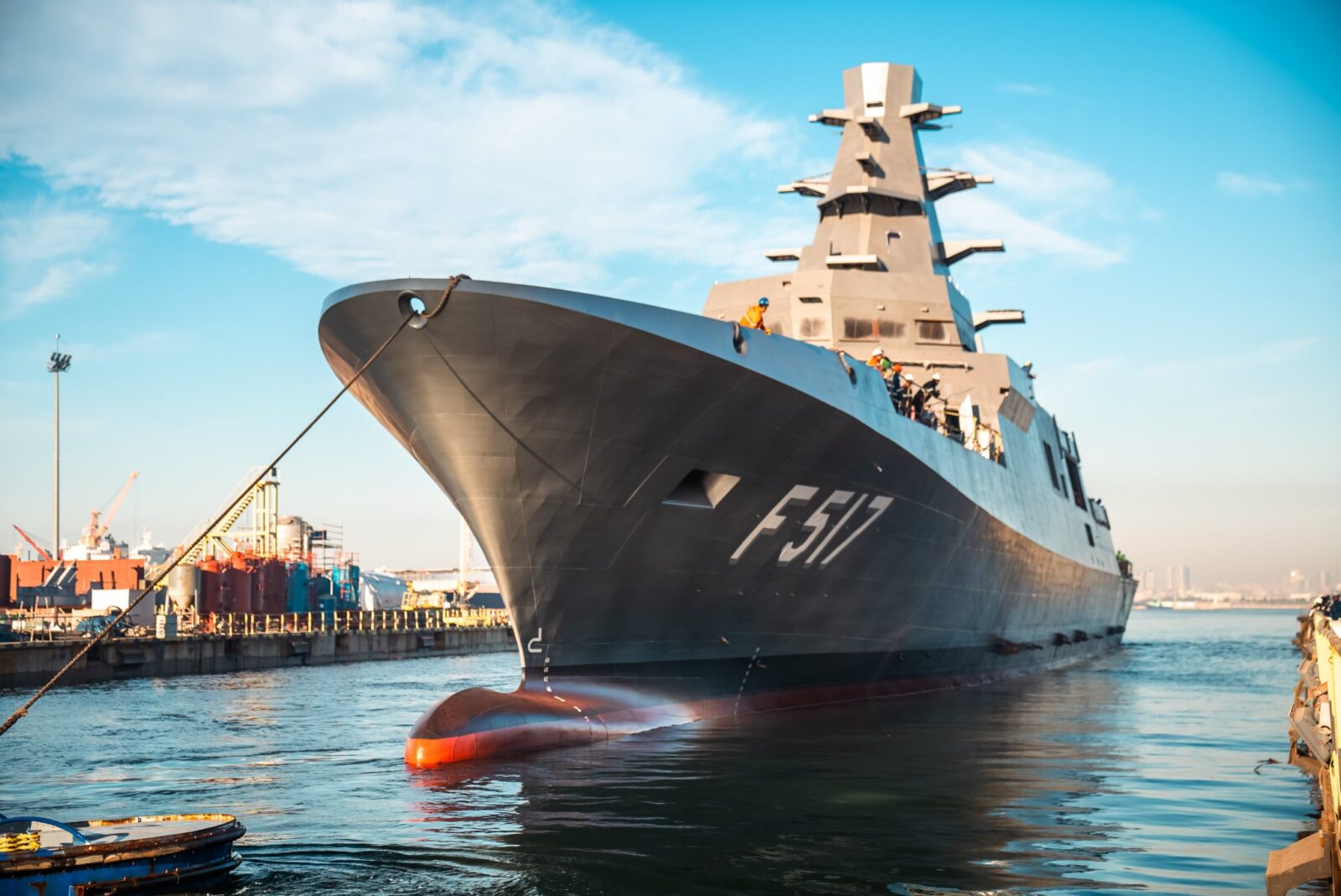
The naval construction activities have gained unprecedented momentum, reaching the highest level in the history of the Republic, according to the report.
Among the most notable achievements is the January 2024 commissioning of TCG Istanbul, Türkiye's first indigenously designed and built frigate. The vessel represents a significant milestone in Türkiye's naval ambitions, featuring domestic vertical launch systems and missile capabilities.
TCG Istanbul successfully conducted a test firing of a HISAR-D missile from its National Vertical Launch System (MIDLAS) in March 2024, demonstrating the integration of domestic missile systems with the newly built warship.
Construction is simultaneously underway on seven additional ISTIF-class frigates, with TCG Izmir and TCG Izmit already launched and expected to enter service by 2027.
The naval expansion isn't limited to frigates. The report confirms that design activities for Türkiye's national aircraft carrier (MUGEM) are progressing, with the first steel cutting for the flight ramp taking place on Dec. 17, 2024.
The planned vessel will be significantly larger than the recently commissioned TCG Anadolu amphibious assault ship, measuring 285 meters in length with a displacement of 60,000 tons and capacity for 55 aircraft of various types.
The Design Project Office (DPO) has completed the conceptual design of the national aircraft carrier and is continuing with preliminary design activities. The ship's hull form has been designed, the lines plan has been published, propulsion analyses have been completed, and the flight deck design has been finalized. Air flow analyses and 3D general layout studies are currently in progress.
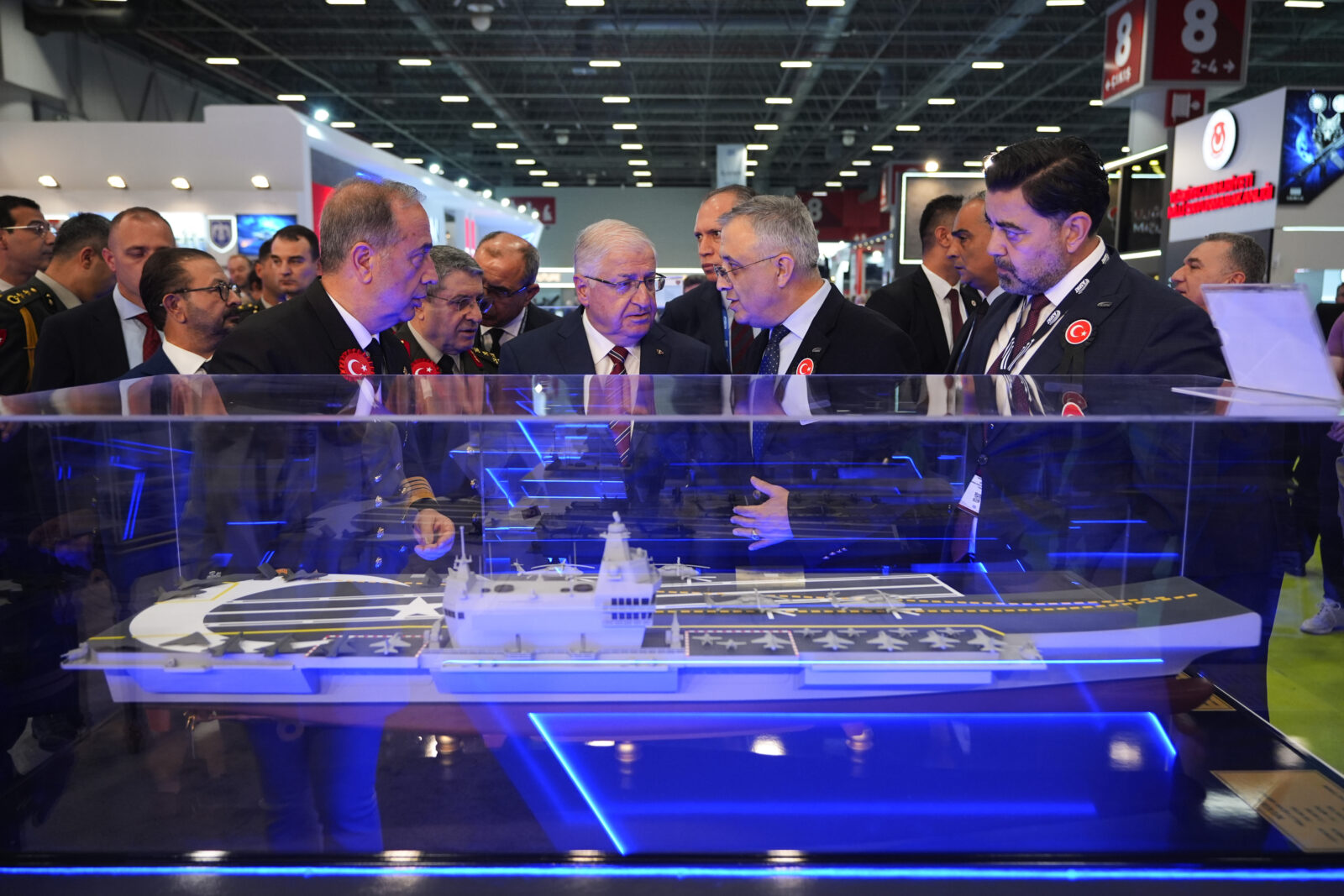
Türkiye's submarine fleet is undergoing a substantial transformation with the delivery of TCG Pirireis in October 2024, the first of six new REIS-class submarines with air-independent propulsion (AIP) systems.
The report notes that hydrogen and fuel gases for these submarines will now be produced by local companies, reducing foreign dependence and increasing supply security.
In a historic moment for Türkiye's naval independence, the first supply of domestically produced liquid hydrogen to TCG Pirireis was conducted on December 5, 2024.
In a significant step toward complete submarine autonomy, construction of the first MILDEN-class submarine—Türkiye's entirely domestic submarine design—began in December 2024, with a total of six units planned for completion by 2031. The report describes submarine design and construction as "equivalent to spacecraft design technology" and notes that upon completion of these activities, Türkiye "will announce to the whole world that it is a completely self-sufficient Naval Force capable of designing and building all types of platforms it needs, from aircraft carriers to submarines."
The domestic AKYA torpedo program has also advanced significantly, with TCG Preveze successfully firing the torpedo and sinking the target ship M/G Gazal on Dec. 27, 2023. According to the report, 54 AKYA torpedo firings have been conducted from Turkish submarines to date.
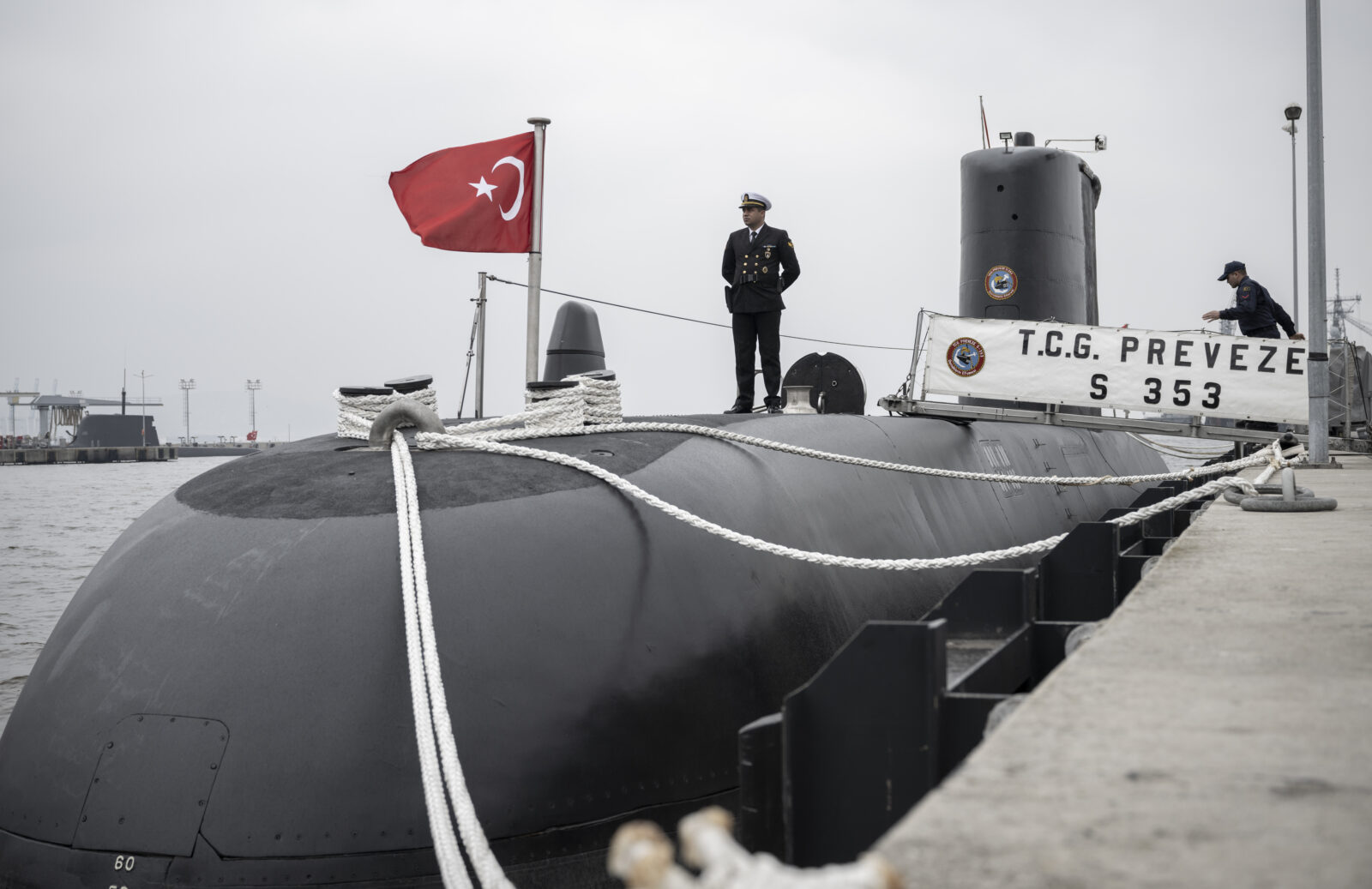
In a significant shift toward future naval warfare concepts, the Turkish Navy has invested heavily in unmanned platforms. The report details orders for four different types of Unmanned Surface Vessels (USVs), with the MARLIN USV already entering service in January 2024.
The SANCAR, ULAQ, and SALVO USVs are expected to follow in 2025, alongside plans to acquire eight Kamikaze USVs (SIDAs).
These developments aim to replicate the worldwide success of Turkish UAVs in the maritime domain. The report specifically notes that on October 4, 2023, the Navy conducted an exercise in which kamikaze swarm USVs successfully sank a target ship, marking a significant operational milestone in unmanned naval warfare that could be considered paradigm-changing.
To manage this growing fleet of unmanned vessels, a dedicated USV Group Command has been established in Aksaz, while a Naval UAV Command is being planned to unify UAV squadrons and maintenance units.
The integration of unmanned systems extends to anti-submarine warfare capabilities, with the Aksungur UAV equipped with a sonar buoy processing system. Field demonstrations for this capability are planned for May 2025, enabling drone-based submarine detection.
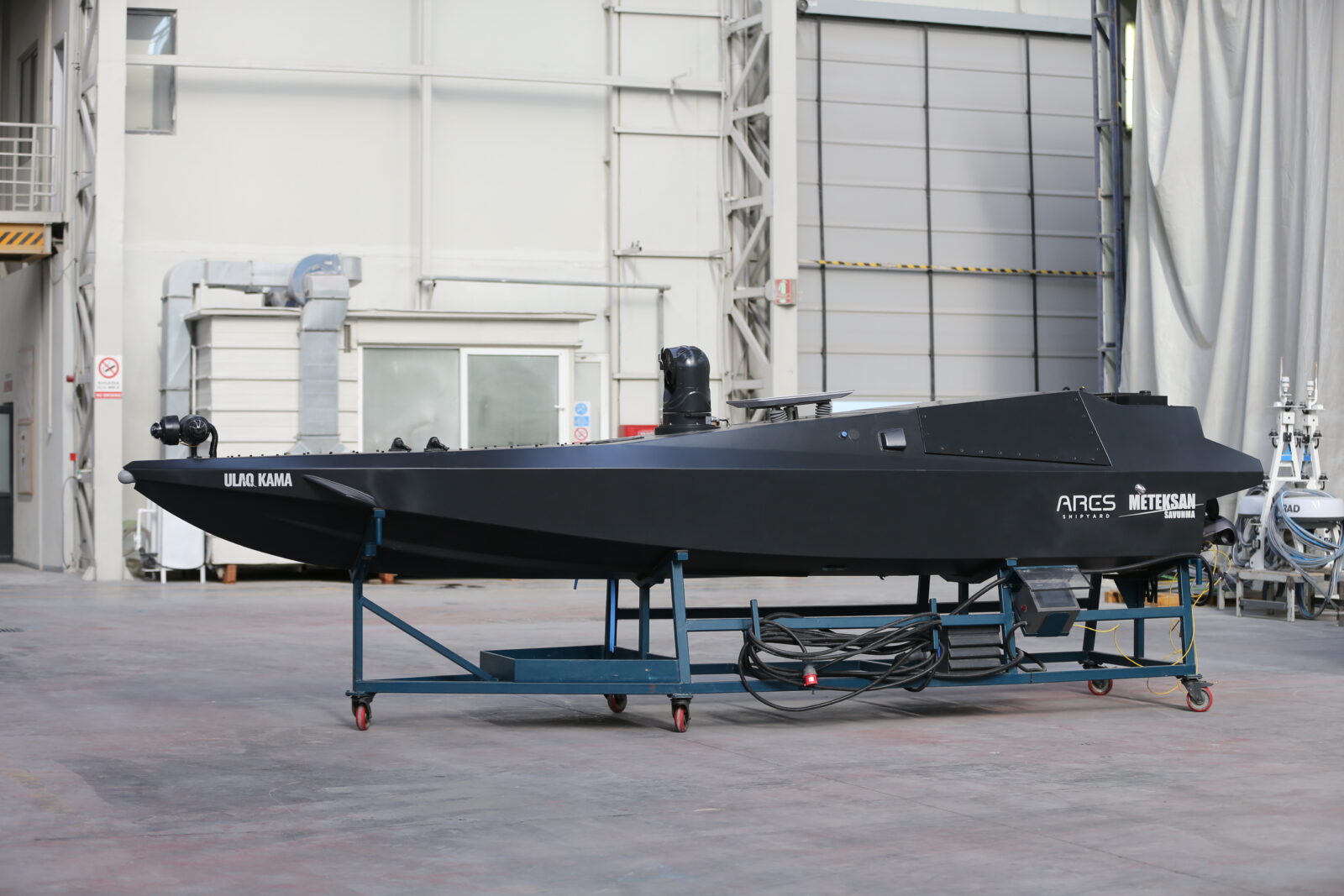
The report highlights significant developments in Türkiye's mine warfare capabilities, including the successful development of the indigenous MALAMAN smart sea mine, which is resistant to detection and neutralization.
Dearsan signed a contract with the Secretariat of Defense Industries in August 2024 to build a new-generation mine countermeasure vessel (MCMV), with delivery scheduled for May 2028.
The ship will feature non-magnetic hull construction and will deploy both unmanned surface and subsurface vehicles, representing a shift toward unmanned mine countermeasure operations.
The new mine countermeasures vessel will be 80 meters long, 16.6 meters wide, with a displacement of 2,470 tons and a non-magnetic hull structure. It will be designed to accommodate two autonomous surface vessels, four autonomous underwater vehicles, and single/multi-shot mine disposal ROVs.
To enhance national capabilities in underwater security, the Canakkale Strait is being equipped with submarine detection systems.
Two buoy systems were installed at Kumkale and Seddulbahir in December 2024, along with high-frequency active underwater sensors, to protect the strait from underwater threats.
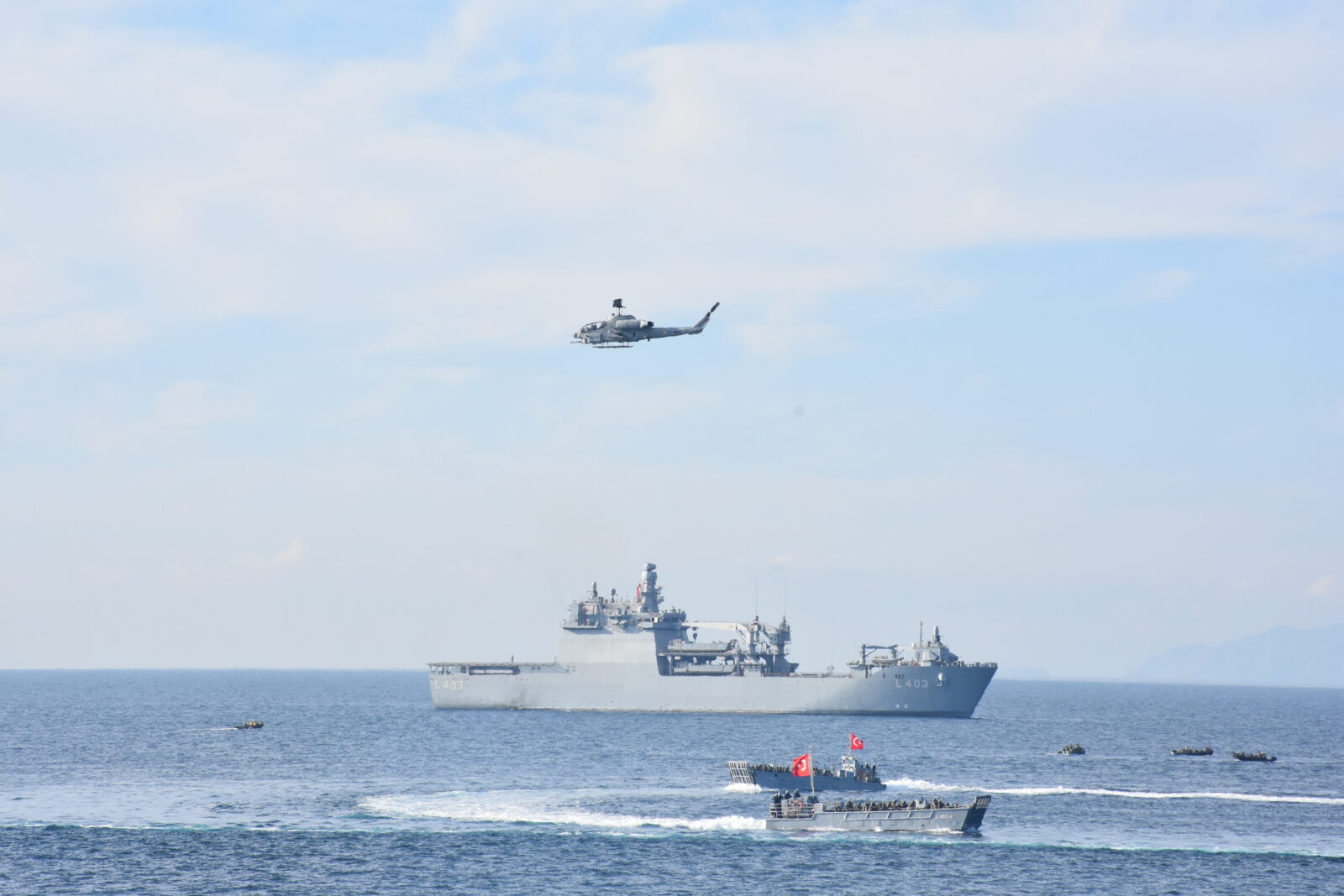
The NAZAR laser-based electronic warfare system, designed to counter electro-optic and infrared-guided threats, began deployment aboard Turkish warships in April 2023.
The report indicates this capability provides high-value protection against advanced missile threats and is possessed by only a few navies globally.
The first phase of the Barbaros-class Mid-Life Upgrade (B-MLU) program was completed with TCG Orucreis in December 2024. The remaining three frigates are scheduled to be modernized by 2028, equipping them with modern national combat management systems, weapons, sensors, and combat systems.
March 2025 saw the successful test of a "Capsule ATMACA Launch Sea Test," marking progress in submarine-launched anti-ship missile capability. Meanwhile, development continues on the GEZGIN cruise missile system, which will provide long-range land attack capability from both surface vessels and submarines.
The report notes that simulated test launches of the GEZGIN missile were conducted at Aksaz Naval Base using the domestically developed Submarine Test Infrastructure (DATA), with integration with the indigenous vertical launch system (MIDLAS) ongoing.
The report highlights Türkiye's expanded contributions to NATO maritime operations, noting that in 2025, Türkiye simultaneously commands three of NATO's five Maritime Component Commands—the only alliance member currently doing so.
These commands include NATO Standing Maritime Group-2, NATO Standing Mine Countermeasures Group-2, and the Amphibious Task Force Commander/Landing Force Commander.
The report emphasizes that "especially the command of NATO Standing Maritime Group-2, consisting of striking elements such as destroyers and frigates, has been given to our Naval Forces again after 12 years as a result of coordinated work carried out with NATO."
In addition to NATO commitments, Turkish naval units have been deployed to Somalia to protect Turkish oil and gas exploration activities by the MV Oruc Reis in Somalia's Exclusive Economic Zone.
The Somalia Maritime Task Force, consisting of two frigates and one logistic support ship, began providing protection and escort to TPAO ships operating in the region on October 25, 2024, with operations scheduled through May 6, 2025.
The report also notes ongoing naval presence off the coast of Libya, with two ships in the region providing support for regional air defense and flag showing, while also providing training to Libyan Navy personnel through the HOMS Joint Naval Training Command.
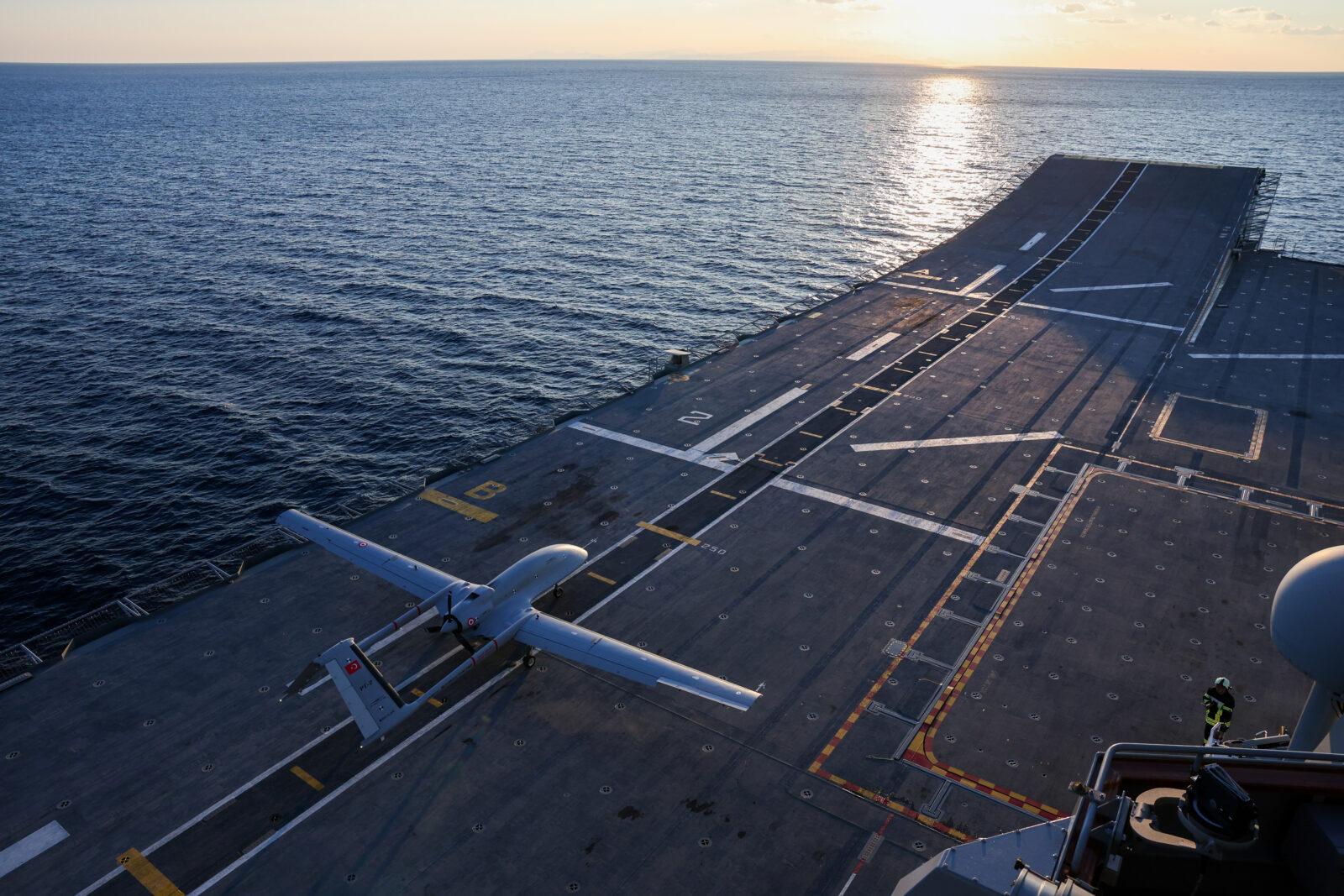
The Turkish Navy implemented several significant organizational transformations to meet the demands of its expanding fleet and operational responsibilities. These changes include establishing a Deputy Fleet Commander position in İzmir at the Vice Admiral rank and creating a Logistic Support Task Group Command at the Rear Admiral level in Aksaz.
Specialized diving and rescue units that previously operated independently were consolidated under the new Underwater Operations and Rescue Command in Istanbul at the Rear Admiral level, bringing together Special Underwater Defense (SAT), Underwater Defense (SAS), Diver, and Rescue units operating in the same operational environment.
The 1st Corvette Flotilla and Burak-class patrol ships were relocated from Izmir to Mersin, while the 2nd Fast Attack Craft Flotilla was moved from Golcuk to Foca. TCG Karatas and TCG Karadeniz Eregli have been stationed in Girne/TRNC as part of the Gazimagusa Naval Command.
As part of the reorganization of amphibious marine infantry elements, the newly established Amphibious Corps Command has been included in the Fleet Command organization and stationed in Canakkale.
With three brigades and 16 battalions at the Corps level, Türkiye has become NATO's second-largest amphibious force.

In response to the mine threat that emerged in the Black Sea with the Russia-Ukraine war, Türkiye has led trilateral cooperation with Romania and Bulgaria. The report details the establishment of the Black Sea Mine Countermeasures (MCM Black Sea) Task Group on Jan. 11, 2024, through a Memorandum of Understanding signed in Istanbul.
Since the beginning of the Russia-Ukraine war, the Turkish Navy has conducted Mine Surveillance Operations in which seven drifting mines, eight USVs, and three UAVs/model aircraft were detected and destroyed, contributing to the protection of sea transportation routes in the Black Sea and supporting the safe conduct of drilling activities.
The report also notes that in the last three years, the Turkish Naval Forces prevented 17 ships from conducting unauthorized activities in Turkish maritime jurisdiction areas, strongly defending national interests and protecting rights and interests.
To increase operational reach in the Black Sea region, land allocations and infrastructure projects have been initiated for UAV operations at Samsun airport.
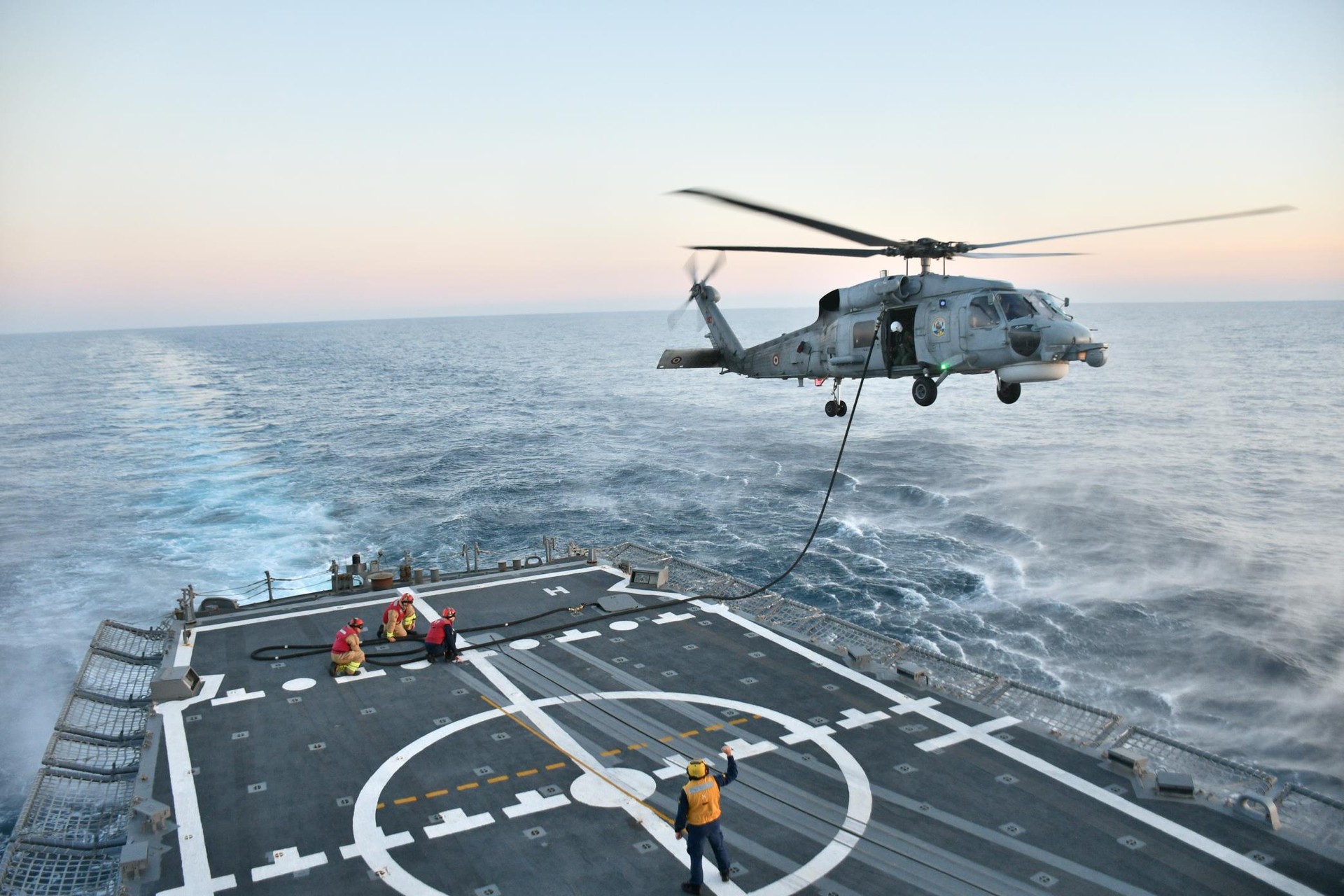
The report details numerous infrastructure projects underway to support the Navy's expanding operational requirements. Priority is being given to the maintenance and logistical support of naval elements, with construction/comprehensive repairs and development of bases, ports, and critical coastal facilities.
Pier and infrastructure projects have been initiated in Aksaz, Canakkale, Gokceada, Agalar, TRNC (Iskele/Bogaz), Antalya, Iskenderun, Kas, and Black Sea Eregli.
Special attention is being given to Aksaz Naval Base, which has strategic importance due to its direct access to the Aegean and Eastern Mediterranean operational areas and as the future base for TCG Anadolu, TCG Derya, amphibious elements, and the upcoming National Aircraft Carrier. Comprehensive pier, dock, housing construction, and infrastructure improvement projects have been initiated for the region.
The Aksaz Naval Base Project for TCG Anadolu and AIP Submarines' Pier, Dock, and Shore Support Facilities Construction received funding of €106 million ($119.2M) from NATO funds, with the NATO Maritime Capability Program Plan approved in April 2024.